Tinguaite is a type of volcanic rock, primarily composed of nepheline and alkali feldspar, with lesser amounts of other minerals such as amphibole, biotite, and pyroxene. It falls under the category of igneous rocks, specifically belonging to the alkaline series. Tinguaite typically forms in volcanic settings, particularly in regions associated with rift zones and intraplate magmatism.
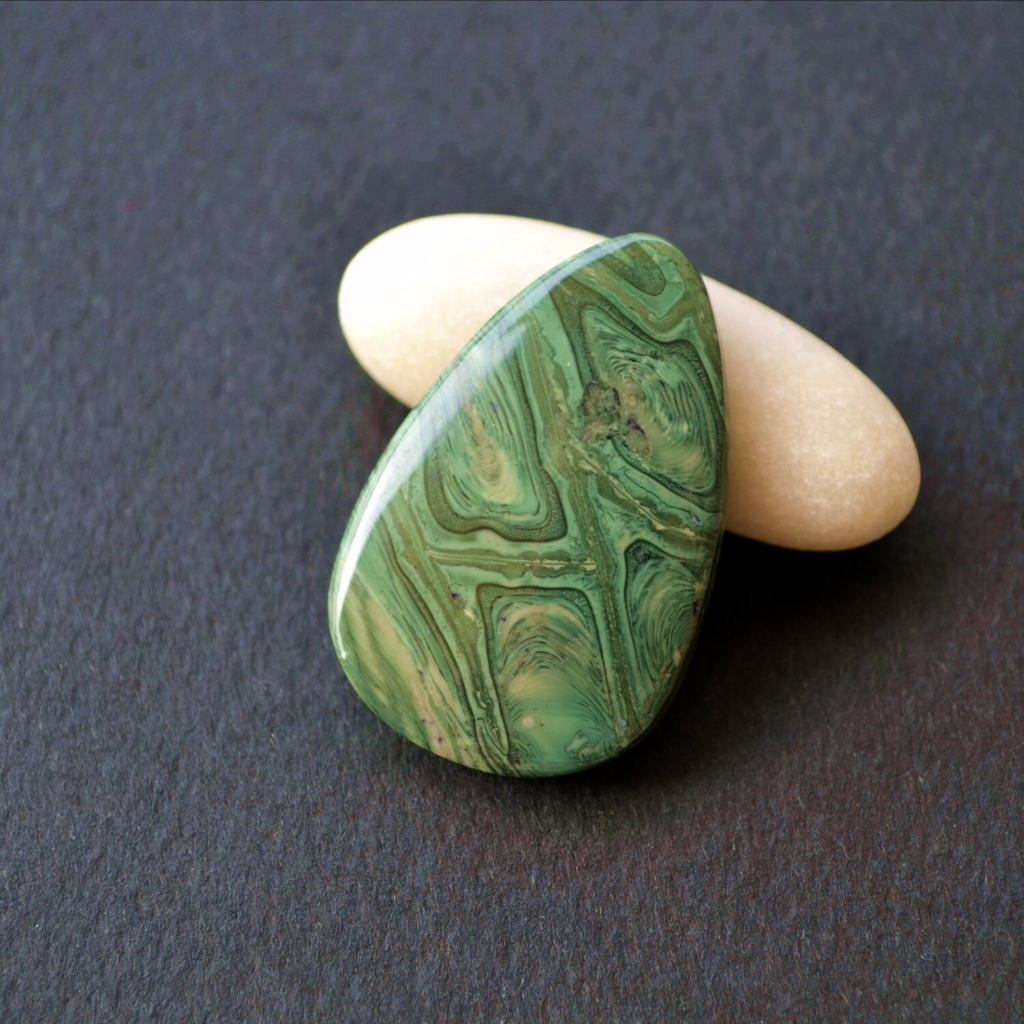
The name “tinguaite” originates from the Tinguaí Volcano in Brazil, where this rock type was first identified. Tinguaite often exhibits a fine-grained texture, although variations in grain size can occur depending on factors like cooling rate and mineral composition. Its coloration can vary, ranging from dark green to black, with occasional reddish or brownish hues.
Tinguaite is significant in geology due to its association with specific tectonic settings and its role in understanding volcanic processes. Its composition and occurrence can provide insights into the geochemical evolution of magma and the dynamics of volcanic activity. Additionally, its unique mineral assemblage makes it valuable for scientific study and geological exploration.
Mineral Composition of Tinguaite
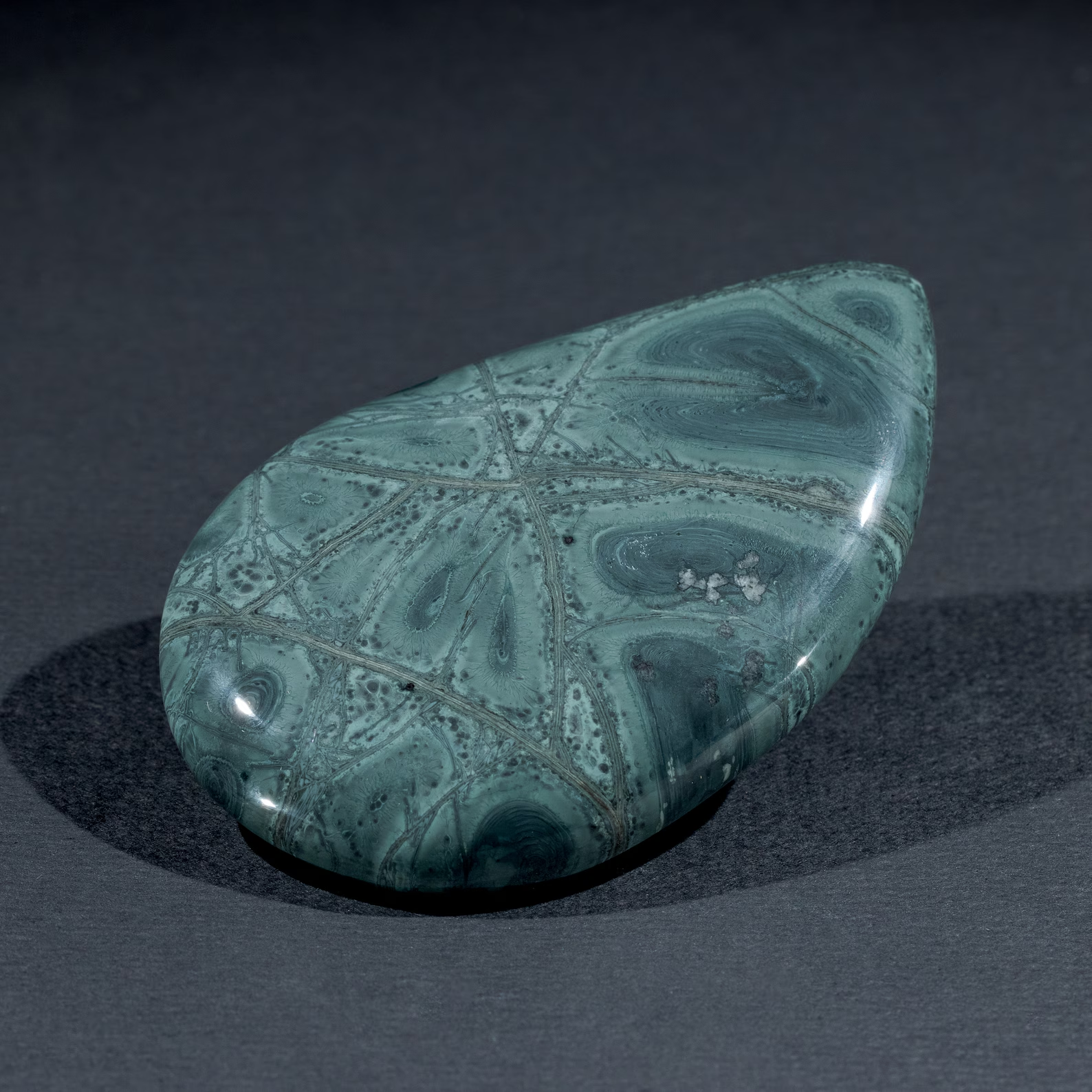
The mineral composition of tinguaite typically includes the following primary minerals:
- Nepheline: Nepheline is a silica-poor mineral that is commonly found in alkaline igneous rocks. It has a characteristic hexagonal crystal structure and is often colorless or light in color.
- Alkali Feldspar: Alkali feldspar, also known as potassium feldspar, is a group of minerals within the feldspar family. These minerals typically exhibit a pinkish to reddish color and are essential constituents of many igneous rocks.
Additionally, tinguaite may contain varying amounts of secondary minerals such as:
- Amphibole: Amphibole minerals, such as hornblende, are common in many igneous rocks and can contribute to tinguaite’s overall mineral composition. They often appear as dark-colored, elongated crystals.
- Biotite: Biotite is a dark-colored mica mineral commonly found in igneous and metamorphic rocks. Its presence in tinguaite can impart dark hues to the rock and contribute to its overall texture.
- Pyroxene: Pyroxene minerals, such as augite or diopside, are another group of common minerals found in igneous rocks. They typically appear as dark-colored crystals and contribute to the overall mineralogy of tinguaite.
The exact proportions of these minerals can vary within tinguaite samples, influenced by factors such as the specific magma composition, cooling rate, and post-formation alteration processes. Overall, nepheline and alkali feldspar are the dominant minerals in tinguaite, with lesser amounts of amphibole, biotite, and pyroxene.
Formation of Tinguaite
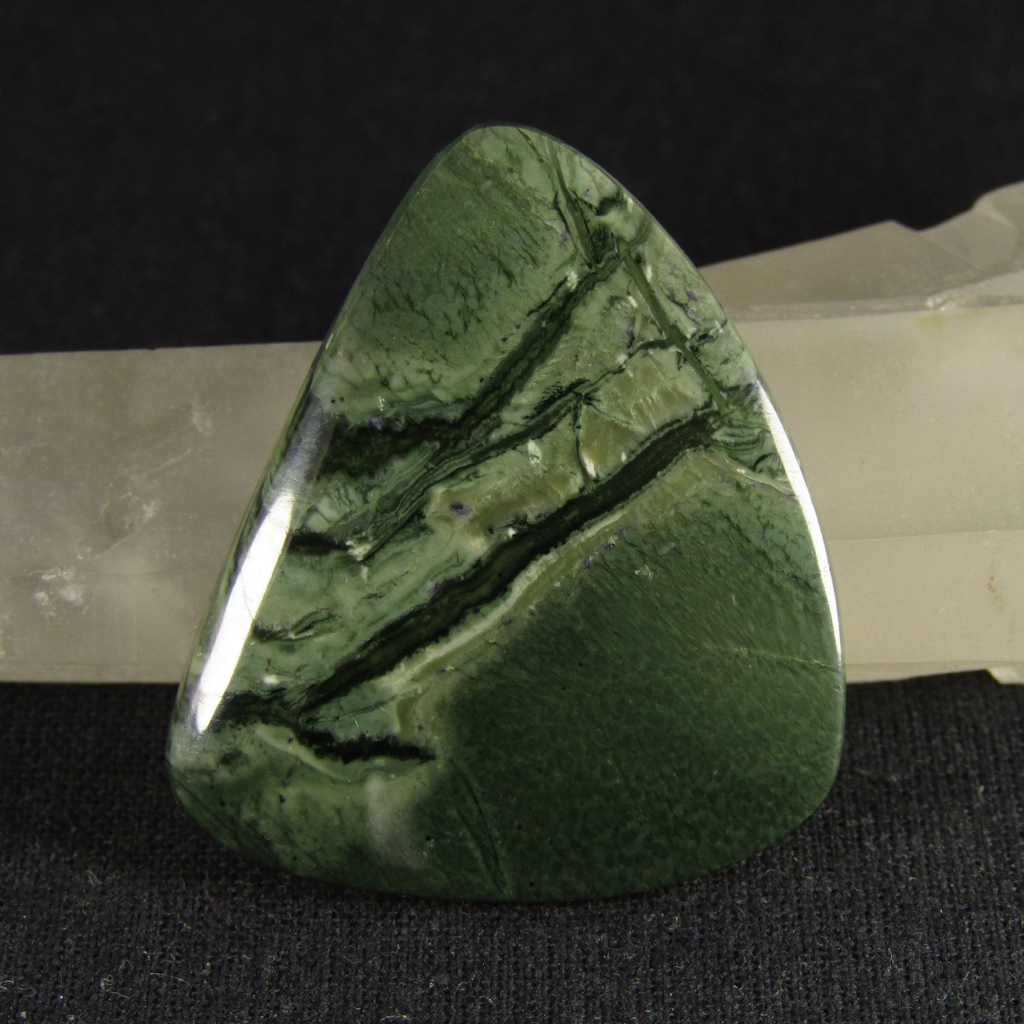
Tinguaite forms through the crystallization of magma with a particular composition and under specific geological conditions. The formation process typically involves the following steps:
- Magma Generation: Tinguaite magma originates deep within the Earth’s mantle through processes such as partial melting of mantle rocks. This magma often has a unique composition characterized by high alkalinity and low silica content, distinguishing it from other magma types.
- Ascent to the Surface: Once formed, tinguaite magma ascends towards the Earth’s surface through volcanic conduits, driven by factors such as buoyancy and pressure. As it rises, the magma undergoes differentiation processes, during which certain minerals crystallize out of the melt while others remain in solution.
- Crystallization: As the tinguaite magma nears the surface and experiences decreasing pressure, it begins to cool and solidify. The first minerals to crystallize from the magma are typically those with higher melting points, such as nepheline and alkali feldspar. These minerals form the primary crystalline framework of the tinguaite rock.
- Mineral Assemblage: As the cooling process continues, other minerals such as amphibole, biotite, and pyroxene may also crystallize from the remaining melt, depending on the specific composition of the magma and the prevailing conditions. These secondary minerals contribute to the overall mineralogy and texture of the tinguaite rock.
- Emplacement and Cooling: Once fully crystallized, the tinguaite magma may be emplaced as volcanic flows, dykes, or intrusions within the Earth’s crust. The rate of cooling during emplacement can influence the final texture of the rock, with slower cooling generally resulting in larger crystal sizes and vice versa.
- Post-Emplacement Alteration: After emplacement, tinguaite rocks may undergo further alteration processes due to factors such as hydrothermal fluids, weathering, and metamorphism. These processes can modify the mineral composition and texture of the rock over geological time scales.
Overall, the formation of tinguaite involves a complex interplay of magma generation, ascent, crystallization, and emplacement processes, influenced by factors such as magma composition, pressure-temperature conditions, and geological setting.
Physical Properties of Tinguaite
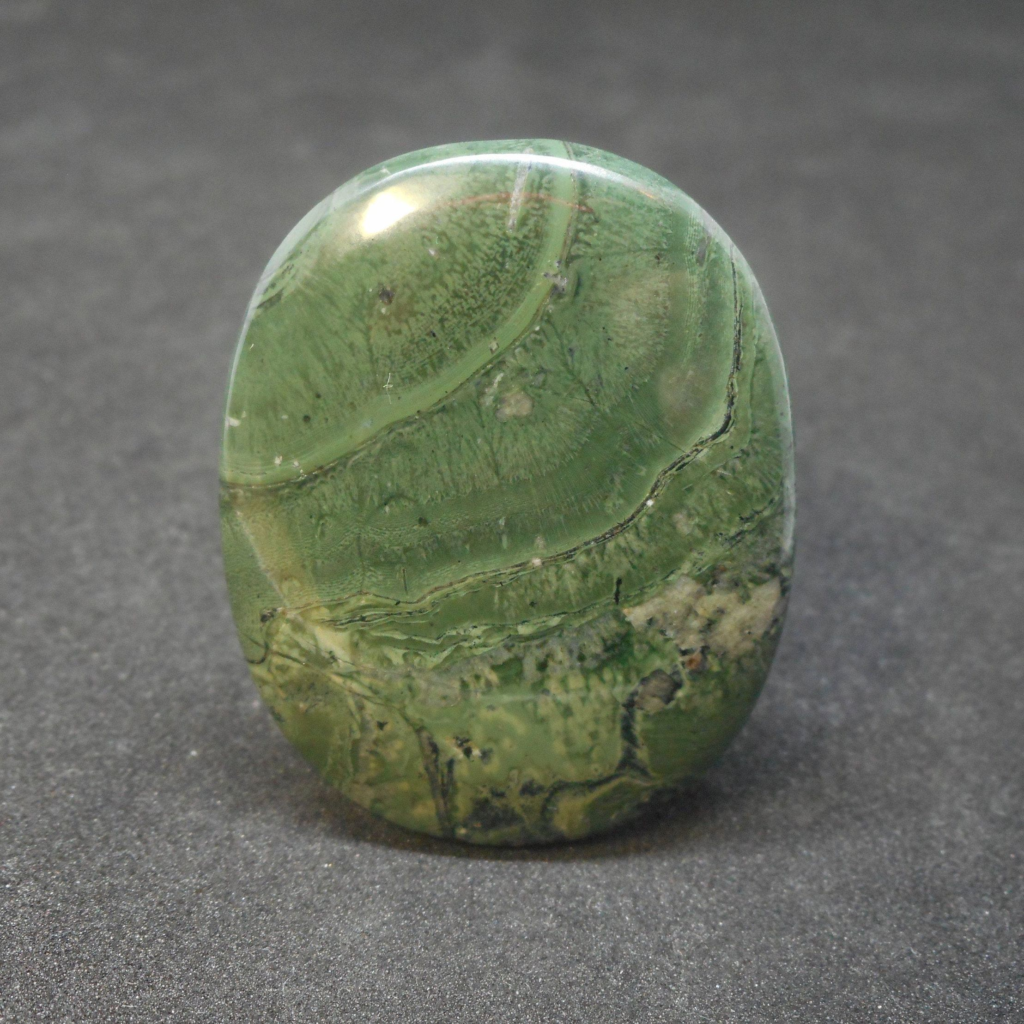
Tinguaite possesses several physical properties that help characterize and distinguish it from other types of rocks. Some of the key physical properties of tinguaite include:
- Texture: Tinguaite typically exhibits a fine-grained texture, although variations in grain size can occur depending on factors such as cooling rate and mineral composition. The texture may appear uniform or exhibit minor variations due to the presence of different mineral phases.
- Color: The color of tinguaite can vary widely, ranging from dark green to black, with occasional reddish or brownish hues. The specific coloration is influenced by factors such as mineral composition, alteration processes, and impurities within the rock.
- Hardness: Tinguaite generally has a moderate hardness, falling within the range of 5 to 6 on the Mohs scale. This means that it can scratch softer materials but can be scratched by harder minerals such as quartz.
- Density: The density of tinguaite typically ranges from 2.5 to 2.8 grams per cubic centimeter (g/cm³). This places it in the category of moderately dense rocks.
- Porosity: Tinguaite may exhibit variable porosity depending on factors such as vesicle content, alteration processes, and secondary mineralization. Some tinguaite samples may contain vesicles or voids formed by gas bubbles trapped during volcanic eruptions.
- Luster: The luster of tinguaite is typically described as vitreous to dull, depending on the specific mineral constituents present and their surface characteristics.
- Fracture: Tinguaite commonly displays irregular to conchoidal fracture patterns, with fracture surfaces appearing jagged or smoothly curved. The specific fracture characteristics can vary depending on factors such as mineral composition and texture.
- Cleavage: Cleavage in tinguaite is generally absent or very poor due to its fine-grained texture and lack of prominent cleavage planes. Instead, the rock tends to break irregularly along fracture lines.
These physical properties collectively contribute to the identification and classification of tinguaite within the broader spectrum of igneous rocks. They also provide valuable information for geological studies aimed at understanding the origin, formation, and geological significance of tinguaite deposits.
Occurrence and Distribution
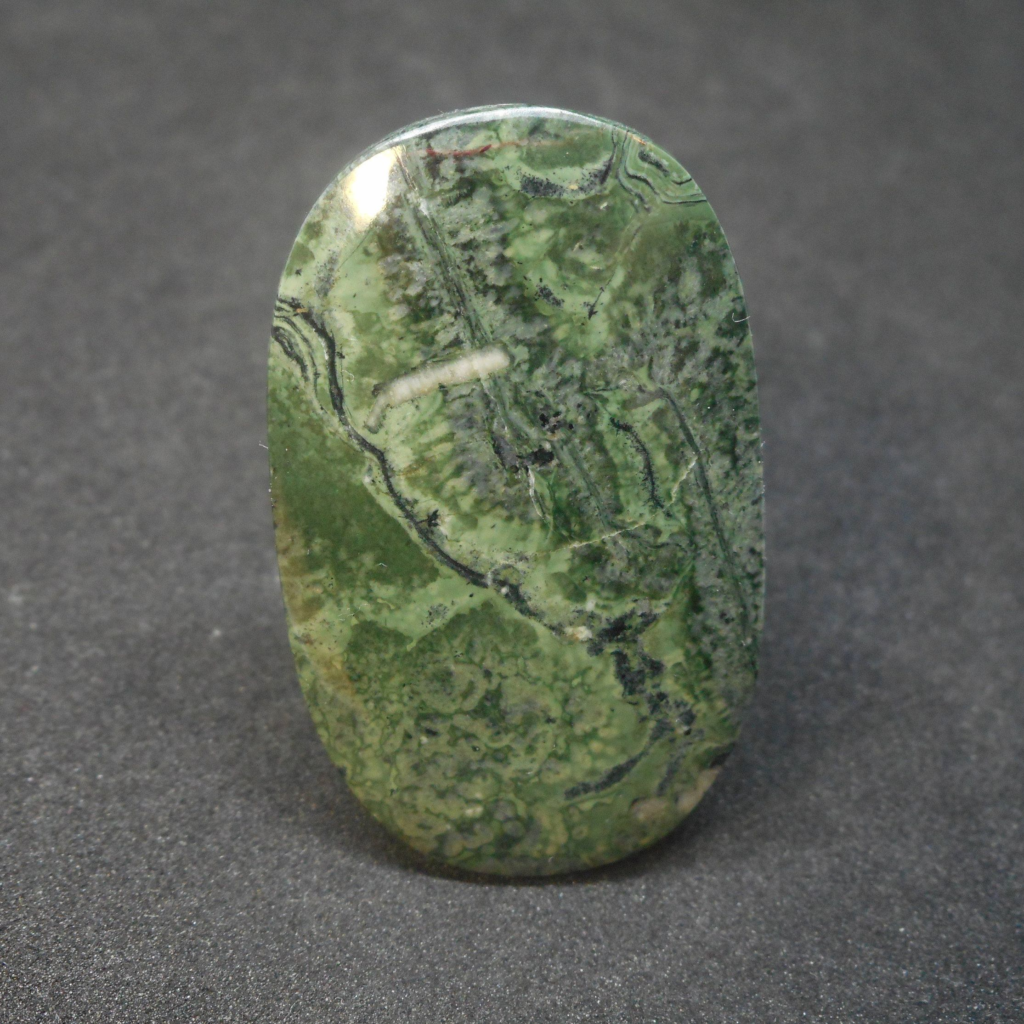
Tinguaite is relatively rare compared to other igneous rocks, and its occurrence is primarily associated with specific geological settings. Some key aspects of its occurrence and distribution include:
- Volcanic Environments: Tinguaite typically forms in volcanic environments, particularly in regions characterized by alkaline magmatism. These settings include rift zones, intraplate volcanic fields, and areas associated with mantle plumes. The magma from which tinguaite forms often originates deep within the Earth’s mantle.
- Geographical Distribution: Tinguaite occurrences have been documented in various parts of the world, although they are not widespread. Some notable locations where tinguaite has been found include Brazil (particularly in the Tinguaí Volcano after which it is named), Norway, Scotland, Greenland, and Canada. These occurrences are often associated with specific geological provinces or volcanic regions.
- Associated Rock Types: Tinguaite may occur alongside other igneous rocks within volcanic complexes or intrusive bodies. Common associated rock types include nephelinite, phonolite, syenite, and carbonatite. These rocks often share similar alkaline compositions and geological origins.
- Tectonic Settings: The occurrence of tinguaite is closely linked to specific tectonic settings, particularly within intraplate or extensional tectonic regimes. Rift zones, where the Earth’s lithosphere is undergoing extension and thinning, provide favorable conditions for the generation and ascent of alkaline magmas that can crystallize into tinguaite.
- Geological Age: Tinguaite occurrences can span a range of geological ages, from Precambrian to more recent volcanic activity. Some tinguaite deposits may be associated with ancient continental rift systems, while others may be related to more recent volcanic episodes in continental or oceanic settings.
Overall, while tinguaite is not as common as some other igneous rocks, its occurrence provides valuable insights into the geological processes associated with alkaline magmatism and volcanic activity. Studies of its distribution, petrology, and geochemistry contribute to our understanding of Earth’s dynamic geology and the formation of igneous rock suites in diverse geological environments.
Uses of Tinguaite
Tinguaite, while not as widely utilized as some other types of rocks, does have several potential uses and applications, primarily in geological research and decorative purposes. Some of the notable uses of tinguaite include:
- Geological Studies: Tinguaite’s unique mineral composition and association with alkaline magmatism make it valuable for geological research. Studies of tinguaite can provide insights into magma genesis, volcanic processes, and the evolution of geological environments where alkaline magmatism occurs. This knowledge contributes to our understanding of Earth’s geology and the dynamics of plate tectonics.
- Decorative Stone: Tinguaite’s attractive coloration and distinctive texture make it suitable for use as a decorative stone in architectural and landscaping projects. Its dark hues and fine-grained appearance can enhance the aesthetic appeal of buildings, monuments, and outdoor spaces. Tinguaite may be used as countertops, flooring tiles, facing stone, and decorative elements in various construction applications.
- Collectors’ Specimens: Rare and visually appealing tinguaite specimens are sought after by mineral collectors and enthusiasts. Unique color variations, crystal formations, and mineral associations make tinguaite specimens prized additions to private collections and museum exhibits. Collectors may acquire tinguaite samples for display or study purposes, appreciating their geological significance and aesthetic beauty.
- Lapidary Material: In lapidary and jewelry-making, tinguaite may be cut and polished to create gemstone cabochons, beads, and ornamental pieces. Its distinctive coloration and texture can produce eye-catching jewelry designs, adding a unique touch to necklaces, earrings, and other accessories.
- Education and Research: Tinguaite specimens serve as valuable educational tools for teaching students about igneous rock types, mineralogy, and geological processes. Academic institutions, museums, and geological organizations may use tinguaite samples for hands-on learning activities, research projects, and public outreach initiatives, fostering a greater understanding of Earth sciences among diverse audiences.
While the commercial uses of tinguaite may be limited compared to more common rocks like granite or marble, its geological significance and aesthetic qualities ensure its continued relevance in various fields, from academic research to decorative arts.




































